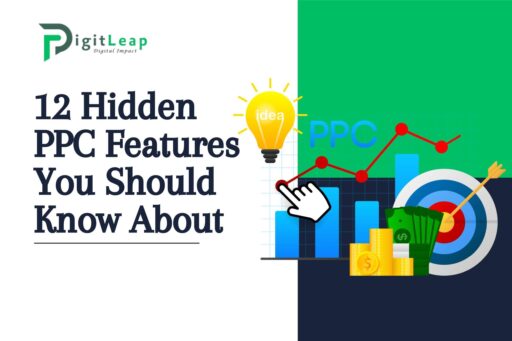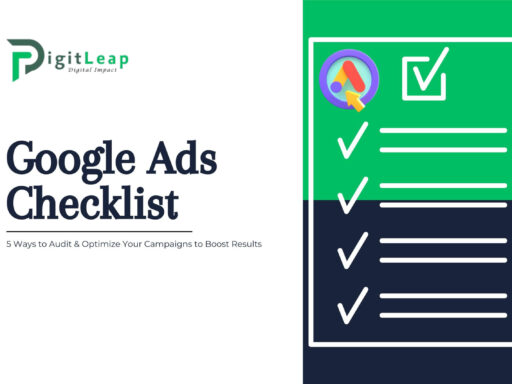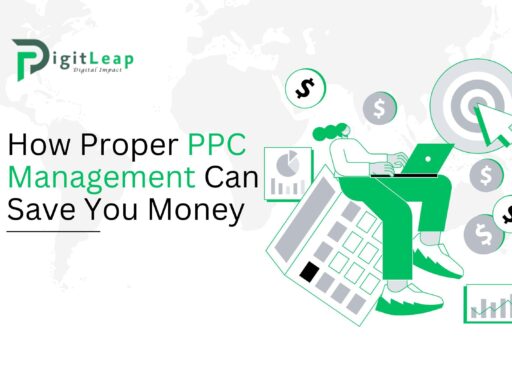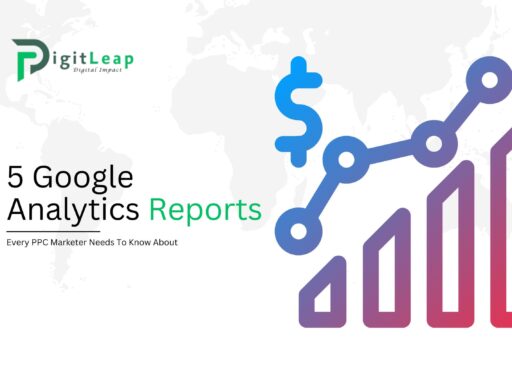12 Hidden PPC Features You Should Know About
Pay-per-click (PPC) advertising is one of the most effective ways to drive traffic, leads, and sales. However, there are many powerful yet often overlooked features within platforms like Google Ads and Microsoft Advertising that can help you fine-tune your campaigns and improve your results. Unlocking these hidden features can give you an edge over your competitors and maximize your return on investment (ROI).
Here are 12 hidden PPC features you should know about to get the most out of your campaigns.
1. Audience Targeting by Household Income
Did you know you can target your PPC ads based on household income? This feature allows you to focus on users who fall within specific income brackets. For businesses with luxury products or services, targeting higher-income households can help you attract more relevant and valuable leads. On the flip side, if you’re offering budget-friendly options, targeting lower-income brackets ensures you’re reaching the right audience.
2. Dayparting (Ad Scheduling)
Dayparting is a PPC feature that lets you schedule your ads to appear only at specific times of the day or days of the week. This ensures your ads are shown when your target audience is most active. For example, if your analytics show that most conversions happen between 9 AM and 5 PM, you can adjust your ad schedule to maximize efficiency during those hours.
3. Custom Audiences
Custom audiences allow you to create specific audience groups based on user behavior, such as website visits, app activity, or customer email lists. You can use this feature to remarket to users who have shown interest in your business but haven’t converted yet. It’s an excellent way to target people already familiar with your brand, leading to higher conversion rates.
4. Dynamic Search Ads
Dynamic Search Ads automatically generate headlines and landing pages based on the content of your website. This feature is especially helpful if you have a large website or a frequently changing product line. Instead of manually updating ads, Google scans your site and creates relevant ads based on user searches, saving you time and ensuring your ads stay relevant.
5. Ad Customizers
Ad customizers allow you to dynamically insert details into your ad copy, such as location, pricing, and countdowns for special promotions. This feature personalizes ads for each user based on their search queries or location, making your ad copy more relevant and increasing the chances of clicks. It’s a simple way to add a personal touch to your ads without having to create individual ads for each variation.
6. Call Tracking
Call tracking is a powerful PPC feature that lets you measure the effectiveness of your ads in driving phone calls. By assigning unique phone numbers to each campaign, you can track which ads, keywords, or extensions are leading to the most calls. This data helps you optimize your campaigns to focus on strategies that are generating valuable leads through phone conversions.
7. Bid Adjustments for Devices
With bid adjustments for devices, you can control how much you’re willing to bid based on the device users are using—whether that’s mobile, desktop, or tablet. If you notice that most of your conversions are coming from mobile users, for example, you can increase your bids for mobile devices to make sure your ads are more competitive in those searches.
8. In-Market Audiences
In-market audiences are groups of users who have shown strong interest in purchasing specific products or services. These users are often closer to making a purchase decision, and targeting them can help you drive more conversions. PPC platforms analyze user behavior and identify individuals who are in the market for products or services similar to what you’re offering.
9. Responsive Search Ads
Responsive Search Ads (RSAs) allow you to input multiple headlines and descriptions, and Google automatically tests different combinations to determine which one performs best. This feature saves you time and ensures that your ads are always optimized for performance. RSAs use machine learning to create the best possible ad based on a user’s search query and behavior.
10. Geotargeting
Geotargeting allows you to show your ads to users in specific locations, whether it’s by country, region, city, or even a specific radius around your business. This feature is invaluable for local businesses that only serve certain areas. Geotargeting ensures that your ad budget is spent reaching the most relevant audience in locations where your business operates.
11. Negative Keywords
While most PPC users are familiar with adding keywords to target relevant traffic, many overlook the power of negative keywords. Negative keywords prevent your ads from being shown for specific terms that are irrelevant to your business. For example, if you sell premium software, adding “free” as a negative keyword ensures that your ads don’t appear in searches for free alternatives, saving you money on wasted clicks.
12. Conversion Rate Optimizer
The Conversion Rate Optimizer (CRO) is a tool that uses machine learning to automatically adjust your bids to get the most conversions within your budget. Instead of manually tweaking bids, this tool analyzes performance data and sets bids at the optimal level to maximize conversions. It’s a great way to improve results without constant manual intervention.
Conclusion
Leveraging these hidden PPC features can make a significant difference in the success of your campaigns. From targeting the right audience to optimizing ad copy and bids, these tools allow you to refine your strategies and achieve better results. At DigitLeap, we understand how these features can help businesses maximize their ROI and get the most out of their PPC efforts. By incorporating these often-overlooked tools into your campaigns, you can stay ahead of the competition and drive more effective, cost-efficient advertising outcomes.






